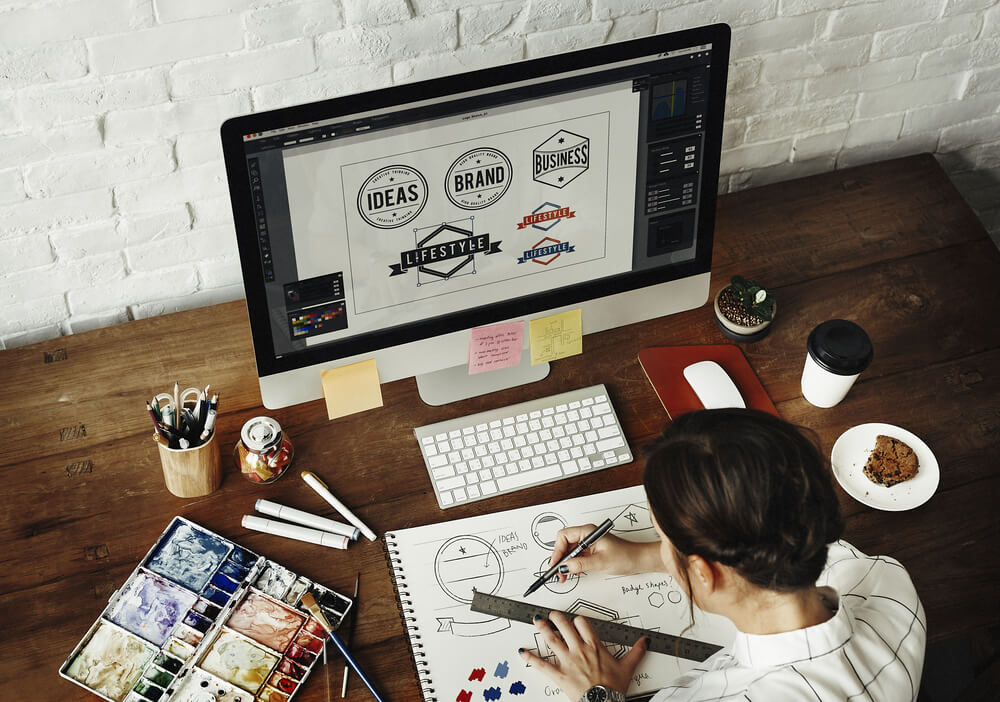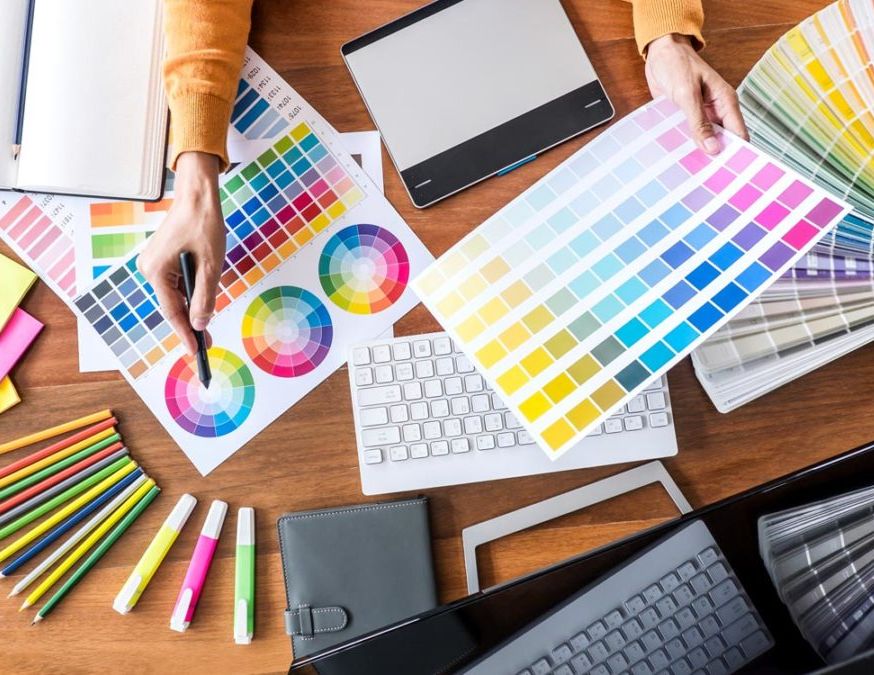
So, you’ve just landed a new web project. What an exciting opportunity! Your creative juices are probably already flowing. You are probably already thinking about ideas and finding inspiration for the project.
If you are a web designer, the design process comes naturally to you. After all, creativity is your strength. However, without investing some time and effort to truly understand the client, the business, the goals, and the audience, you could end up wasting a lot of time on a website that does not match what your clients want and need.
Whether you are a freelance web or one who works for a website design company such as Shtudio, here are the questions everyone must ask their client before a project.
Communication is the Key

For a project to be successful, a designer must first understand what the client needs and wants. By uncovering the needs and wants of your client, you can deliver better designs, avoid or minimize revisions, and satisfy your clients, which can lead to repeat business or referrals. That is why a professional website should be grounded in communication. You must ask the right questions, build rapport and respect, and collaborate every step of the way.
Questions Every Graphic Designer Must Ask Their Client Before a Project
1. What is the Motivation Behind the Project?
The first question should always be about the motivation behind the project. It might make sense to ask about expectations; however, getting an understanding of the underlying reasons and motivations about the project will reveal a lot about the client that you can use later on as you create the design.
2. What are Your Goals for the Project?
Setting the project’s goals should come next. These goals will be used to track progress, find the gaps, fill them, and measure achievements. All projects should have specific, measurable, attainable, resource-oriented, and time-bound goals.
3. What Expectations do you Have?
Setting expectations is an essential part of any project. It ensures that you and your client know what to expect from each other and what your roles are. That also helps keep both parties accountable, which is crucial in any project.
4. What is your Budget for the Project?

Budgets should be discussed at the beginning of every project. Set the proper expectations. Clearly state your rates and if there will be extra costs along the way so the client can manage their finances accordingly.
5. What is the Timeline for the Project?
The setting expectation of the timeline will help you pace yourself during the project and provide you with ample time should revisions need to be done.
6. What does your Brand Stand for?
A brand’s core values reflect the message the company wants to send the consumers. Knowing the company’s core values will help you design the visual representation of the word the brand wants to convey.
7. What does your Brand Bring to the Table?
Use the brand’s strengths and selling points as inspiration for the design.
8. What’s the Industry Like?

To understand the brand, even more, ask the clients about the industry and their top competitors. That will help you determine a design strategy that will help your client’s brand stand out and make a stronger impact.
9. Who are your Target Customers?
The audience determines the success of graphic design. Therefore, you must gain an understanding of the brand’s target demographic. Ask your clients to describe their ideal customers, including their attitudes, behaviors, values, even age, and gender. Is their audience broad and diverse?
Discuss the audience thoroughly because you can use this information to determine which elements you will use to appeal to them. For instance, knowing the age group of the target audience will help you choose images, typography, shapes, color, and style.
10. What are the Cultural Considerations That we Must Look into?
Specific imagery may be offensive or seen differently in other cultures. Graphic designers must always ask for the cultural considerations and do extensive research to make sure that the product sends the right message and is accepted by your client’s and their audience’s community.
11. What Specific Expectations do you Have?

Now, we’re getting more detailed. It would be best if you determined the client’s style taste. Remember that your clients might not be experts, so using jargon such as “isometric illustrations” or “typography” or “asymmetric layouts” might go over their heads.
Instead, ask them first to describe what they want the design to look like and then ask follow-up questions to narrow it down.
12. What are your Non-Negotiables?
Determine if the client has any design element requirements to make sure you incorporate not just their needs but also their wants.
13. Where will be Used?
Will be used in billboards, posters, stationery? Where will these materials be featured? Will it be in print, or will it be purely digital? Are there any printing specifications? This information is relevant when choosing the elements for the project. That will also help you determine the kinds of files or formats the client wants and needs, as well as the licensing requirements for some design elements.
14. How do you Want to Communicate?

Of all the questions, every graphic designer must ask their client before a project, which is probably one of the most important. Communication is the key to a successful project. Some clients need constant updates; some want only to be bothered after the project is done.
Some prefer email, phone calls, video calls, while some prefer meeting face to face. Some prefer having a back-and-forth with the designer; some are more hands-off. Also, ask how often they want to be updated with the revised versions of the web site. Knowing how your clients want to communicate will help you develop a good working relationship with your client. That will make the project go smoothly.
Whether you are a freelancer or someone who works for a website company in Australia, you owe it to yourself and your clients to ask the proper questions to ensure that your project is accomplished. This list of items every graphic designer must ask their client before a plan will ensure that you deliver what your client wants and needs, and give both of you and enjoyable working experience.
















